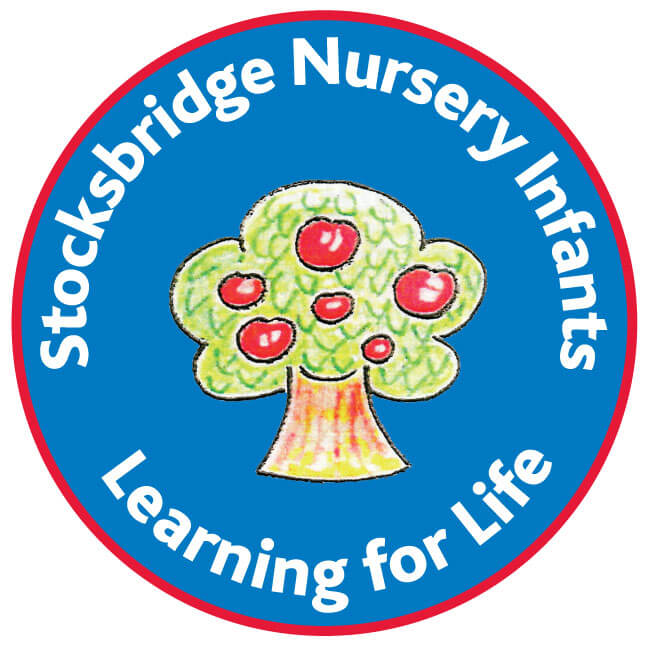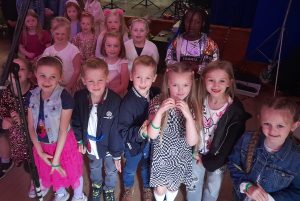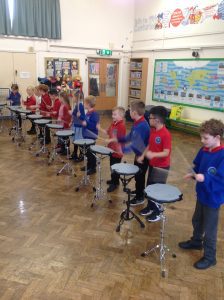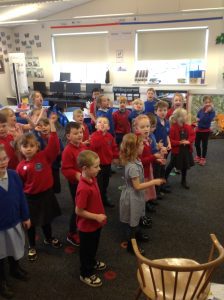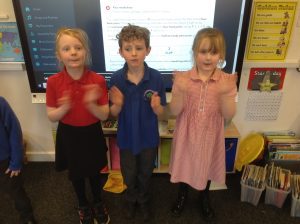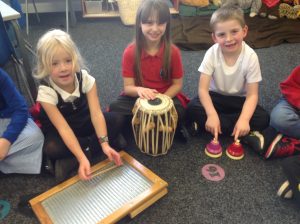‘Learning for Life.’
KS1 Choir
The KS1 choir takes place every Thursday lunchtime with Miss Johnson in Class 1. All children from KS1 are welcome to join. We sing a wide range of genres including pop, musical theatre and country. Throughout the year, we have many performances inside and outside of school such as in assemblies and Bradfest. If you would like your child to join the KS1 Choir, please speak to Miss Johnson in Class 1.
Year 2 drumming
During Y2 drumming children will:
- develop co-ordination
- Listen and develop an understanding of rudiments that all drummers use when playing kit
- Place their knowledge on a piece of music to perform at the leaver’s assembly in front of their parents
- Learn how to work as part of a team and with their friends in the drum line
Music Curriculum
In Year 2 music we started creating musical soundscapes and today’s soundscape was focussed on the noises we hear in a morning. The children thought of all the noises they hear when they wake up in the morning and chose one to represent. They chose a musical instrument which they felt best created that noise. They then ordered themselves in the order we would hear those noises in our morning routines. The children really enjoyed this lesson, and made lots of noise! Ask your child what sound their musical instrument represented!
